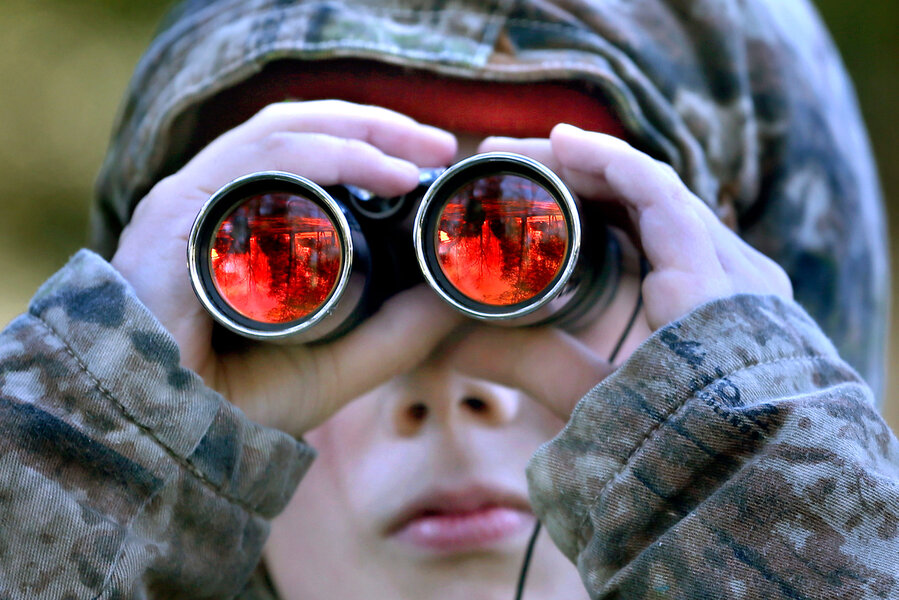Citizen science: Does the backyard bird count really work?
Loading...
Bird watchers around the world may hope to spend Valentine's Day weekend with the birds, contributing to the Great Backyard Bird Count.
Citizen science movements are growing globally, as communities develop their amateur interest in galaxies, frogs or – in this case – birds, to provide data that no single scholar or even research team could uncover.
"That’s the only way you can really keep track of things that are so widespread,” Pat Leonard of the Cornell Lab of Ornithology, who coordinates the 2016 Great Backyard Bird Count, says in a phone interview. "The Internet made that possible."
The bird counts, beginning with the Audubon Society's Christmas Bird Count a century ago, are some of the oldest and best examples of citizen science. Last year's bird count drew an estimated 144,000 ornithology enthusiasts from more than 100 countries, and publicity about the 2016 event – which will run from February 13 to 15 – suggests this year could be record-breaking and will make a significant contribution to the body of bird knowledge.
"Data sets for birds are probably one of the most complete that we have because people have been watching for so long,” Ms. Leonard says.
Bird count data can help to track not just the numbers, but also the movement of a species. The Eurasian collared dove, for example, is a dove species that began moving into North America from the Bahamas in 1982. Because of bird count data, Leonard says researchers could track the species as it moved northward through the contiguous United States and finally into Alaska. The monitoring has, for the present, also allayed fears the bird might harm native dove species.
The bird counts also provided striking evidence of West Nile virus in North America because it impacted the number of crows in the United States so dramatically.
"If you were just looking in your backyard or in your neighborhood, it might not look that significant," she says. "But when we were looking at a continental scale, their numbers were down something like 30 percent."
Does relying on amateurs with binoculars at a backyard birdfeeder really constitute science, and is the collected data useful? Researchers from the Swedish University of Agricultural Science studied the reliability of citizen science bird counts and determined that volunteers frequently neglect to count common bird species accurately, so the data is less useful for population studies. It is generally more consistent for rare species though, and researchers pointed out that data-gathering is not the only benefit of bird counts.
"Voluntary citizen-based platforms are not only tools for collecting great amounts of data, they also engage the public, something that forms a basis for future interest in biodiversity and conservation," researchers wrote in the journal Biological Conservation.
Regardless of the information bird-watchers do or do not compile, the participants will be making a significant achievement as a community, noted an editorial for The Christian Science Monitor:
Spending time as a citizen scientist can get people, including young students, away from computer screens and out into the natural world for a close look at what it can reveal.... They introduce the public to the world of science, increase their knowledge of a particular field of science, and expose them to the vocabulary and methods of science.
And perhaps citizen science can also lift some of the veil of mystery about what scientists do, helping to build public trust in the work of scientists and the value of scientific endeavor.
This year's Backyard Bird Count will focus on climate patterns and bird populations, and organizers hope for significant data on the El Nino storm's impact on birds. Bird researchers launched the Backyard Bird Count on the tail end of the last El Nino in 1998.
"This will be the first time we’ll have tens of thousands of people doing the count during a whopper El Niño," said Marshall Iliff of the Cornell Lab of Ornithology in a press release.






